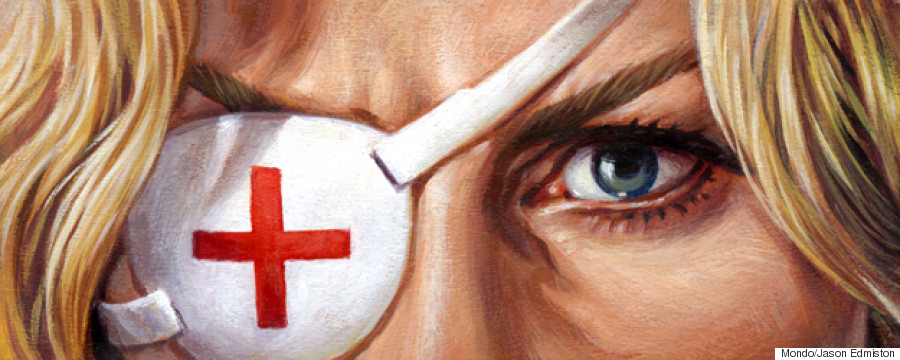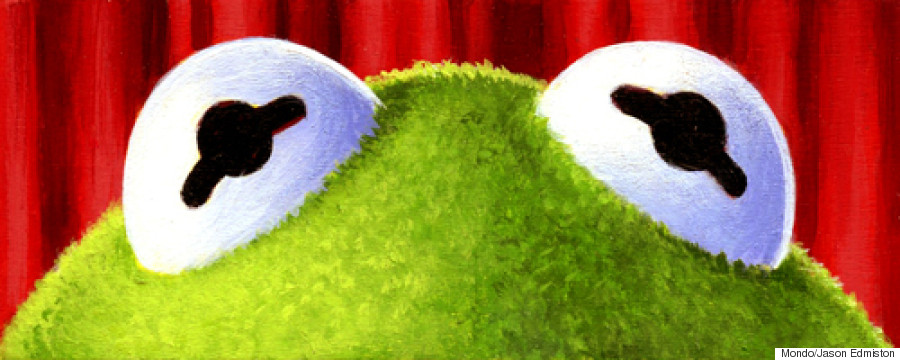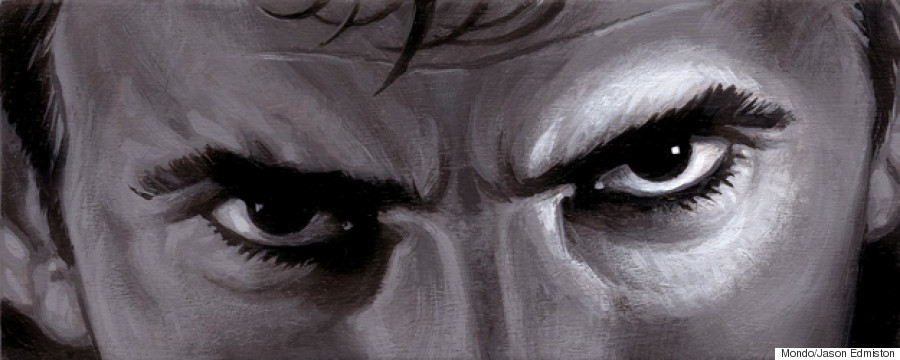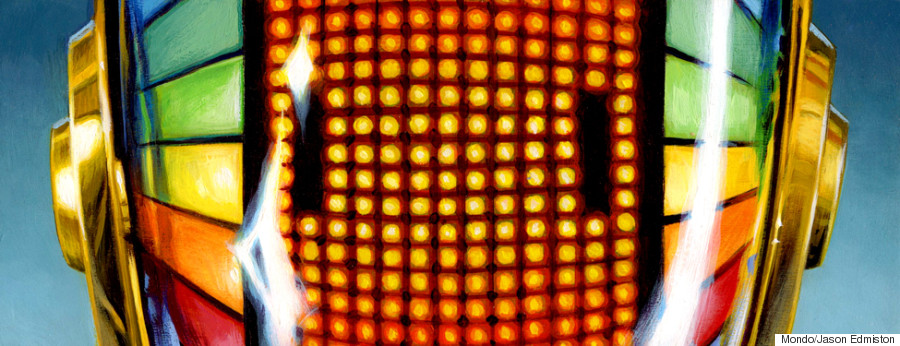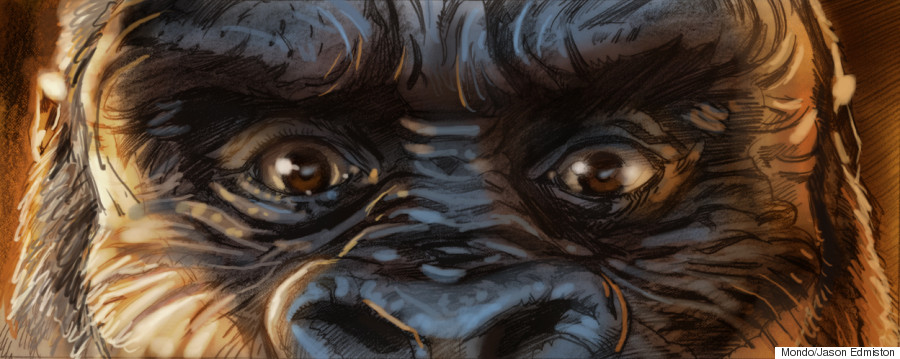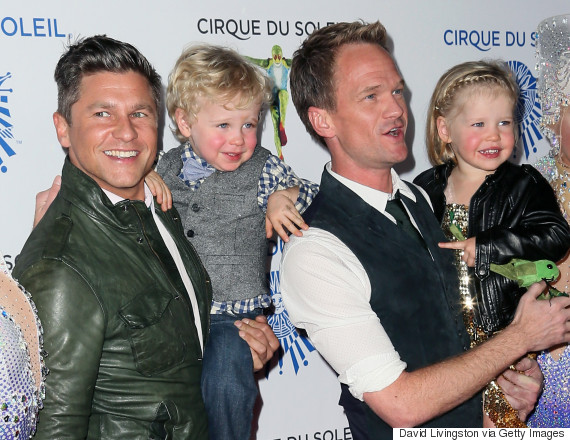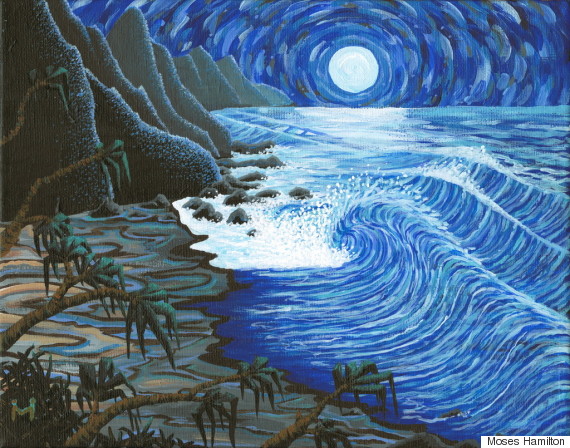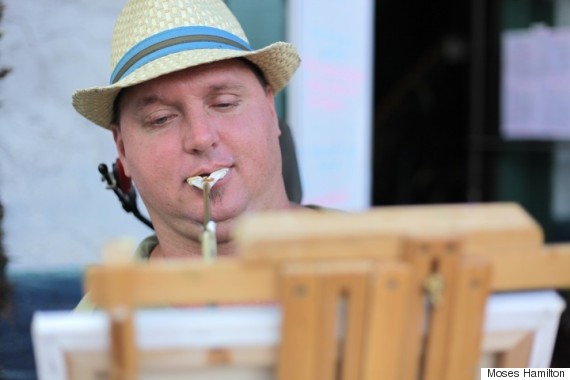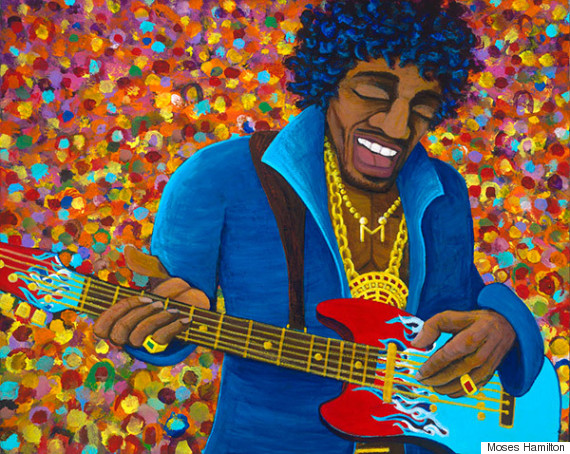Hausfrau
by Jill Alexander Essbaum
Random House, $26.00
Published March 17, 2015
The Bottom Line is a weekly review combining plot description and analysis with fun tidbits about the book.
What we think:
Hausfrau opens with the kind of simple, striking line that compels you to read on: “Anna was a good wife, mostly.” What does it mean, that “mostly”? As it turns out, the better question is, what does “good” mean? Can it mean anything Anna wants it to mean?
Anna Benz, the American wife of a Swiss banker named Bruno, has lived in Switzerland with her husband for nearly a decade, but remains ambivalently on the outskirts of society. She has made no real friends and can barely speak a word of Schwiizerdütsch, the local tongue. Instead, she stays home and raises their three children, Victor, Charles, and Polly, with grudging help from her mother-in-law, Ursula. Unsurprisingly, Anna feels stagnant and trapped; she’s moody, depressed and difficult.
Bruno, fed up with her constant misery, suggests that Anna seek therapeutic help. Her therapist suggests she open herself up by taking a German course. Her daily class, however, brings a daily excuse to be out of the house -- the baby safely in Ursula’s care -- and to open up in other, less wholesome ways. She embarks on a sordid physical affair with a Scotsman in her class, then other dalliances. An earlier, passionate love affair ended badly -- though her infant daughter uncomfortably resembles the man she hasn't seen in months -- and now she only seeks out quick, easy sex. Checked out from her marriage, unwilling to leave her kids but happy to foist them on her mother-in-law for more and more frequent rendezvous, Anna quickly develops a dependence on her illicit outlet that sends her spiraling out of control.
This tale hearkens back, of course, to
Madame Bovary,
Anna Karenina,
The Lover, and other classic novels of the woman gone astray, and reviewers have liberally drawn those comparisons. More insultingly, Grazia U.K. called
Hausfrau “a racy mix of
Gone Girl and
Fifty Shades.” But while the book does indeed include elements of psychological suspense, unreliable narration, and tawdry eroticism, Essbaum’s debut has more in common with its classic predecessors than anything by E.L. James.
Essbaum made her way to fiction via an award-winning career as a poet, much like
lauded novelists Ben Lerner and Jesse Ball, and it shows.
Hausfrau boasts taut pacing and melodrama, but also a fully realized heroine as love-hateable as Emma Bovary and a poet’s fascination with language. Anna constantly interrogates her own word choices -- is what she’s doing good? Can she say it’s “good” when she means mostly that it’s “allowable” or “convenient”? What is the difference between wanting something and needing something? -- and what her word choices reveal about her motivations, her desires, and the self she instinctively tries to spin into something more admirable. Throughout, Essbaum’s own words are precisely, perfectly chosen, allowing her to conjure lyrical evocations or slam readers with blunt, painful admissions.
Snippets from Anna’s sessions with her therapist, Doktor Messerli, pepper the novel, growing more and more cryptic: “Doktor Messerli pointed to a picture of a three-footed fountain framed by stars, the sun and moon, and a two-headed dragon. Pillars of smoke plumed up either side. ‘Fire,’ she said, ‘is the first act of transformation.’” At times these digressions seem superfluous and overly precious, a mechanism to distinguish the somewhat shopworn narrative arc.
The beauty of
Hausfrau, however, is the freshness it brings to a trope seemingly beaten into the ground. Anna’s disaffection and her childish use of word games to distance herself from her own mistakes are infuriating, but her stunted selfhood, her recognition that she’s missing something vital, elicits sympathy nonetheless. In Anna, we don’t see a sinfully passionate naif throwing her life away on a doomed quest for love, a la Bovary or Karenina. Such a parallel hardly seems possible in these liberal modern times when divorce is common and premarital sex expected. But the numbed, uncertain person at the heart of
Hausfrau is uniquely compelling, unlikable but heart-wrenchingly incapable of dealing with her own pain. In her endless semantic bargaining, Anna reveals her own weaknesses, and the weakness of a language that can so easily be shaped to our own deluded purposes.
The Bottom Line:
A powerful, lyrical novel,
Hausfrau plumbs the psychology of a lonely, unfaithful housewife and unravels the connections between our words and our deeds.
What other reviewers think:
Publishers Weekly: "The realism of Anna’s dilemmas and the precise construction of the novel are marvels of the form, and Essbaum chooses her words carefully."
The Guardian: "It is that impossible thing: a page-turner about depression."
Who wrote it?
Hausfrau is Jill Alexander Essbaum’s debut novel. She has published several poetry collections, including
Heaven, which won the Bakeless Poetry Prize, and has been anthologized in
The Best American Poetry and
The Best American Erotic Poems: From 1800 to the Present.
Who will read it?
Readers who love thrilling, psychologically complex fiction set in the domestic realm, as well as fans of finely wrought, precise prose.
Opening lines:
“Anna was a good wife, mostly.
“It was mid-afternoon, and the train she rode first wrenched then eased around a bend in the track before it pulled into Bahnhof Dietlikon at thirty-four past the hour, as ever. It’s not just an adage, it’s an absolute fact: Swiss trains run on time.”
Notable passage:
“
This is a good thing I am doing, Anna said inside herself, though ‘good’ was hardly the right word. Anna knew this. What she meant was
expedient. What she meant was
convenient. What she meant was
wrong in nearly every way but justifiable as it makes me feel better, and for so very long I have felt so very, very bad. Most accurately it was a shuffled combination of all those meanings trussed into one unsayable something that gave Anna an illicit though undeniable hope.”









